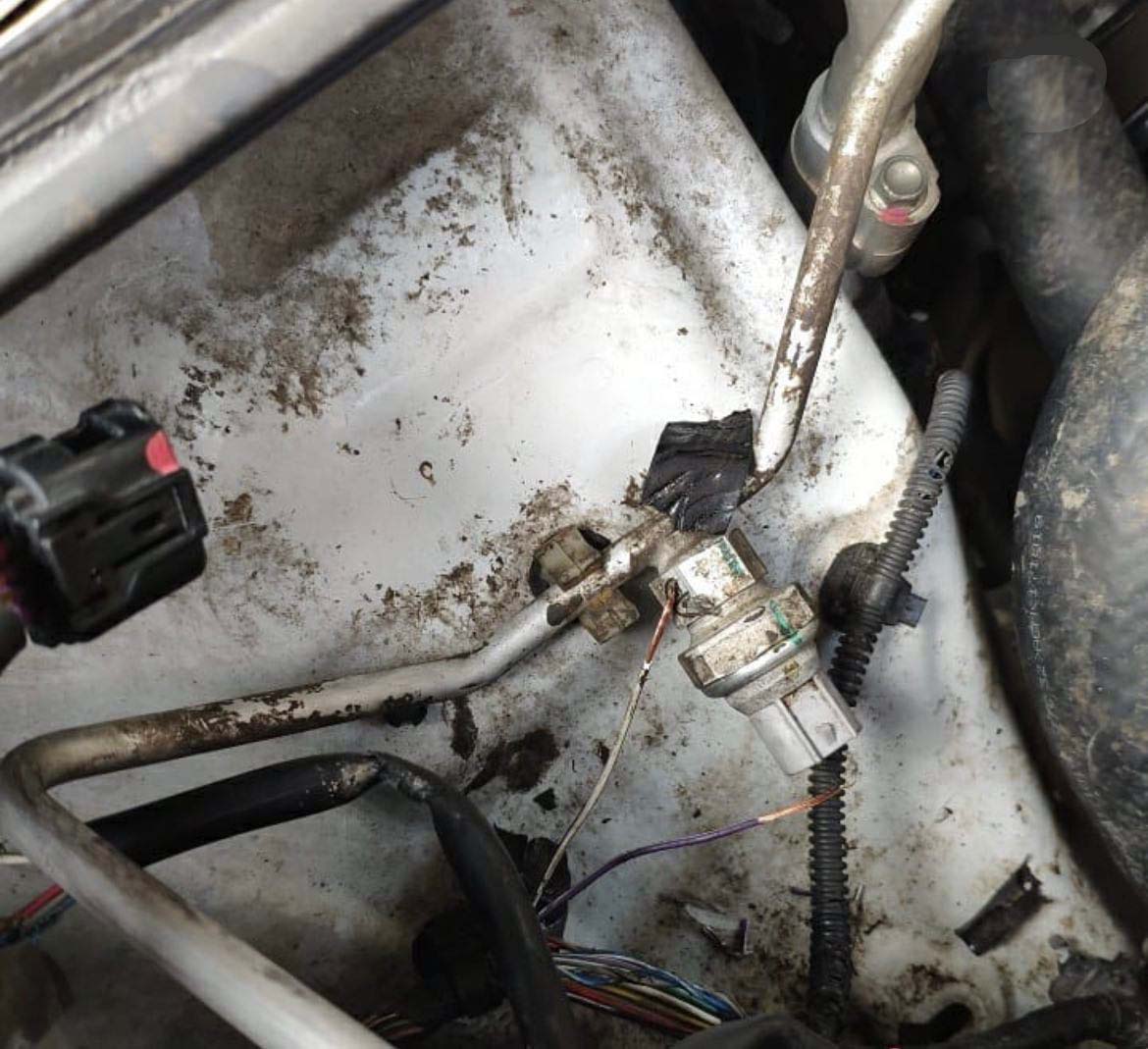Air conditioning systems use various components to keep your home cool and comfortable. One of the most important parts of the system is the AC pressure switch. It helps regulate how much refrigerant flows through your air conditioner by monitoring the pressure in your unit’s refrigerant lines. A problem with your AC pressure switch can cause various issues, including poor cooling performance or complete system failure. Fortunately, it’s possible to temporarily jump an AC pressure switch to diagnose and troubleshoot problems in your air conditioner.
What Is an AC Pressure Switch?
An AC pressure switch senses the amount of refrigerant flowing through your air conditioning unit and turns it on or off, depending on the level of pressure detected. The switch typically has two ports: one port senses high-pressure levels and low-pressure levels. When both ports detect normal levels of pressure, then the compressor will be allowed to operate as usual. But if either port detects too high or too low-pressure levels, then power to the compressor will be cut off until proper pressures are restored. Also find out why your car’s air conditioner might be draining the battery and how to fix it.
What Causes Pressure Switches to Malfunction?
AC pressure switches can malfunction due to debris clogging up one port or another, a broken diaphragm inside one port, or faulty wiring connections that prevent proper communication between components in your system. In any case, this will cause abnormal readings from both ports, which can lead to either too much refrigerant entering (or leaving) your air conditioner at any given time—which can damage other components in turn—or else won’t allow any refrigerant at all which prevents cooling entirely.
How to Jump a Pressure Switch
Jumping an AC pressure switch involves temporarily bypassing both ports to deliver power directly to the compressor, even when abnormal readings are detected from either port. It allows you to test for normal operation without having to repair anything yet; if everything works properly after jumping out the switch, you know you’re dealing with a faulty part rather than something else (like electrical wiring). To jump out an AC pressure switch:
-
Turn off the power to your air conditioner.
-
Locate the pressure switch, which is usually fitted in a metal casing on the side or back of your AC unit.
-
Use a pair of pliers to remove both wires connected to each pressure switch port and connect them with an insulated wire connector (do not twist them together!).
-
Restore power to your AC unit and allow it to run for several minutes while monitoring its performance; if there are no issues, you know that your pressure switch is malfunctioning and needs to be replaced!
-
Make sure to disconnect the temporary wiring once you’re done testing, or else you risk having permanent damage from the continued operation without proper readings from both ports!
Other Tips for Fixing Your Air Conditioner
In addition to jumping your AC pressure switch, there are several other steps you can take to diagnose and repair issues with your air conditioner:
-
Ensure all the electrical connections are secure and free of corrosion or loose wires.
-
Check the air filter for dirt and debris that could block proper airflow and reduce cooling performance.
-
Make sure refrigerant levels are normal; low levels can drastically reduce the efficiency of your system and cause it to shut down automatically, while high levels can damage components in turn.
-
Look for any signs of wear or damage in hoses, valves, or other components that could be leading to a pressure build-up or a disruption in normal airflow patterns throughout the system; any leaks should also be addressed immediately as these can cause further complications if left unchecked!
Conclusion
Jumping out an AC pressure switch can temporarily restore power to a malfunctioning compressor so that you can test for normal operation without needing repairs right away. It allows you to identify faulty components while avoiding further damage from incorrect refrigerant levels in your system—but if this doesn’t fix your air conditioner’s issue, it may be time for more serious help from a licensed HVAC technician!

 Turn off the power to your air conditioner.
Turn off the power to your air conditioner.
Add Comment